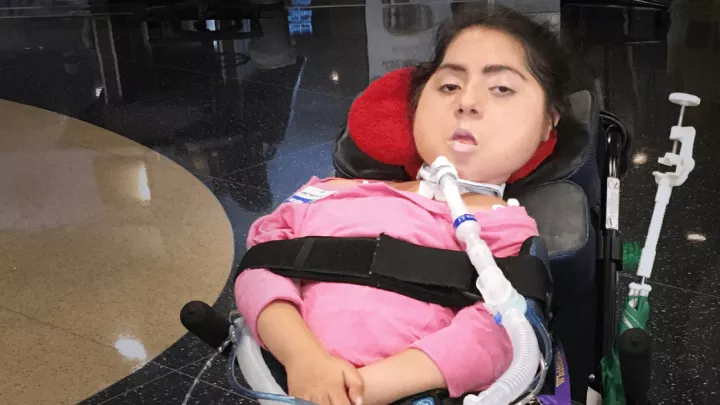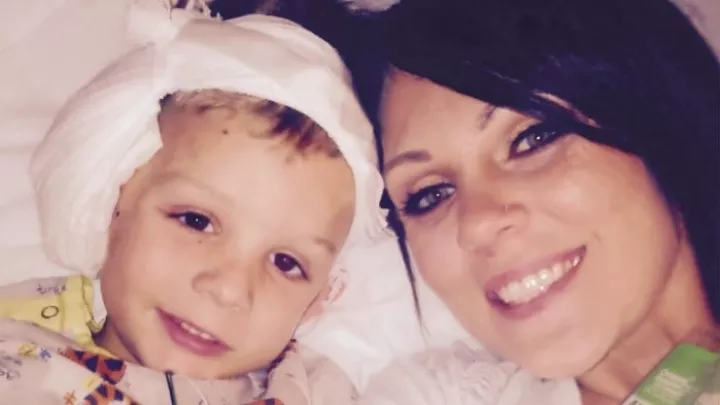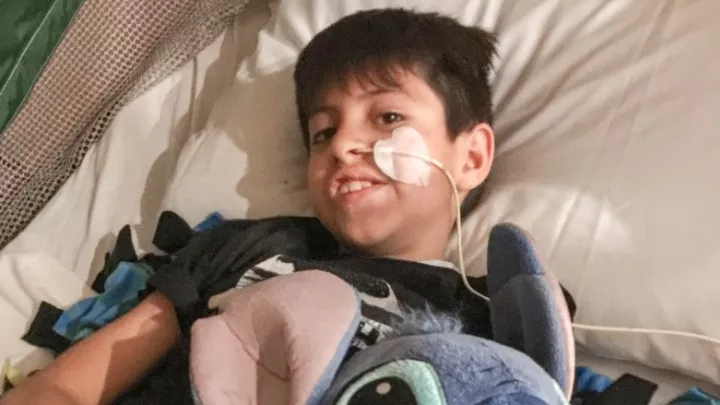‘I wanted an answer. I wanted help. I wanted a cure.’
How a desperate email, sent to the wrong hospital, inadvertently reached the one doctor who could turn Bianca Celis’ life around.
“Oops.”
That was the best Bianca Celis could muster after learning that the email she had sent off to Children’s Hospital Los Angeles went far north of the target her father intended.
“My dad, he was like, ‘That’s not the hospital I made the appointment for you at!’ He just said Children’s Hospital; he didn’t say which one. I didn’t even know there was more than one.”
It was the luckiest mistake Bianca would ever make. The email, in which Bianca explained her condition and pleaded for help, found the inbox of neurologist Terence Sanger, MD, PhD, the most favorable landing it could have. Sanger, head of CHLA’s Movement Disorders Program, was singularly capable of tackling her illness—dystonia, a brain disorder that disrupts muscle movement and had tormented Bianca since she was 9.
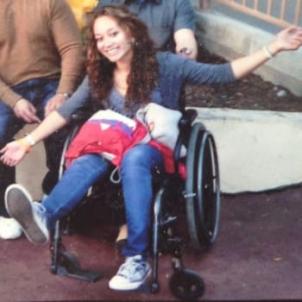
The disease warps the signals that the brain delivers to the muscles to prompt them to move, causing muscles to spasm involuntarily and the body to contort into painful, crooked positions.
“Every time you try to move, you get more than you wanted,” Sanger says, explaining the barrage of nerves fired out by the affected part of the brain against one’s will. “It’s as if you try to move one thing, and six other things are active at the same time. All of those things make it impossible to do the things that you want to do, and essentially can prevent all functional movement.”
That’s where Bianca was at when she typed an email to CHLA with a body that was beyond her control, beset by cramped and bent wrists, toes that curled inward, and a bowed-over back that hindered breathing. She was 16 and had been in a wheelchair since age 12. Every attempted remedy—including medications, pool therapy, massage, supplements, and braces for her feet, legs and back—had failed. For a full year, her father drove her twice a week from the family home in Pomona to Tijuana, Mexico, so Bianca could get injected with nutrients. They were told the shots would rid her blood of toxins. That didn’t work either.
“The only way to recover from this was to take things in my hands,” she says. “I wanted an answer. I wanted help. I wanted a cure.”
CHLA answered her email and within a week she was in Sanger’s office. He presented her with another option: deep brain stimulation, or DBS, a technique that implants electrodes in the malfunctioning areas in the patient’s brain that control movement. Pulses are delivered to those electrodes through wires connected to a small device—a neurostimulator—embedded in the chest; Sanger calls it “a pacemaker for the brain.” The stimulation is something of a misnomer, he explains.
“Although we call it stimulation, these wires are probably serving to actually block the electrical activity coming from nonfunctioning areas of the brain.” Why probably? “We don’t fully understand why this works,” Sanger says. “But the fact of the matter is that it does work.”
Early in 2014, in separate surgeries, CHLA neurosurgeons Mark Krieger, MD, and Mark Liker, MD, implanted two wires into Bianca’s brain and the neurostimulator into her chest.
For the first few months afterward, the results weren’t as powerful as she had hoped, as Sanger tinkered with the electroactivity being transmitted to the brain. A certain strength, for example, might relax her wrist but cramp her feet.
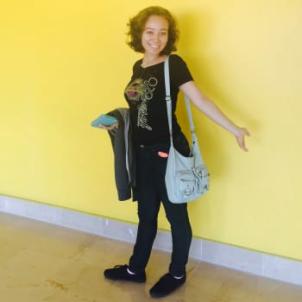
A turning point came in April 2014, when on an outing to a Los Angeles Dodgers game, a friend urged Bianca to ditch the wheelchair and start walking. “You know what? I did it,” she says. “I did it from the car to the seat and from the seat back to the car. It helped me see that the DBS was, in fact, working.”
By July, she stopped using the wheelchair altogether. “I never touched it again, till this day.”
Now nearing two years since the surgeries, DBS has virtually all the symptoms of her dystonia in check. “I can walk, I can stand, I can speak,” Bianca says. “I actually went jogging yesterday with my mom.”
“Overall, her function is much, much better,” Sanger says
“This is really one of the greatest things that I’ve ever done in my career,” says Krieger, CHLA’s head of Neurosurgery. “I promised Bianca that if this works, we’ll all be able to be there to dance at her wedding.”
And that, miraculously, will include the bride herself.
How you can help
Help give kids like Bianca a chance at a healthier future. Visit CHLA.org/Donate.
